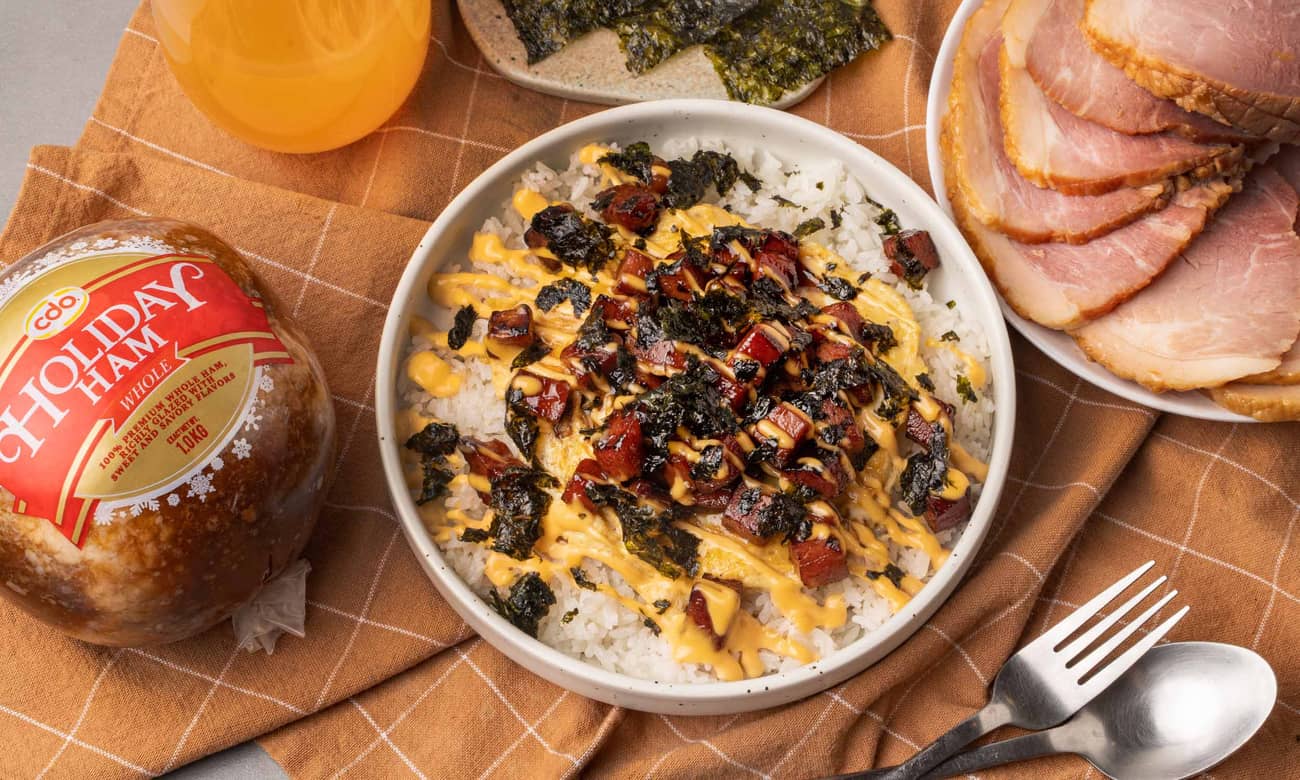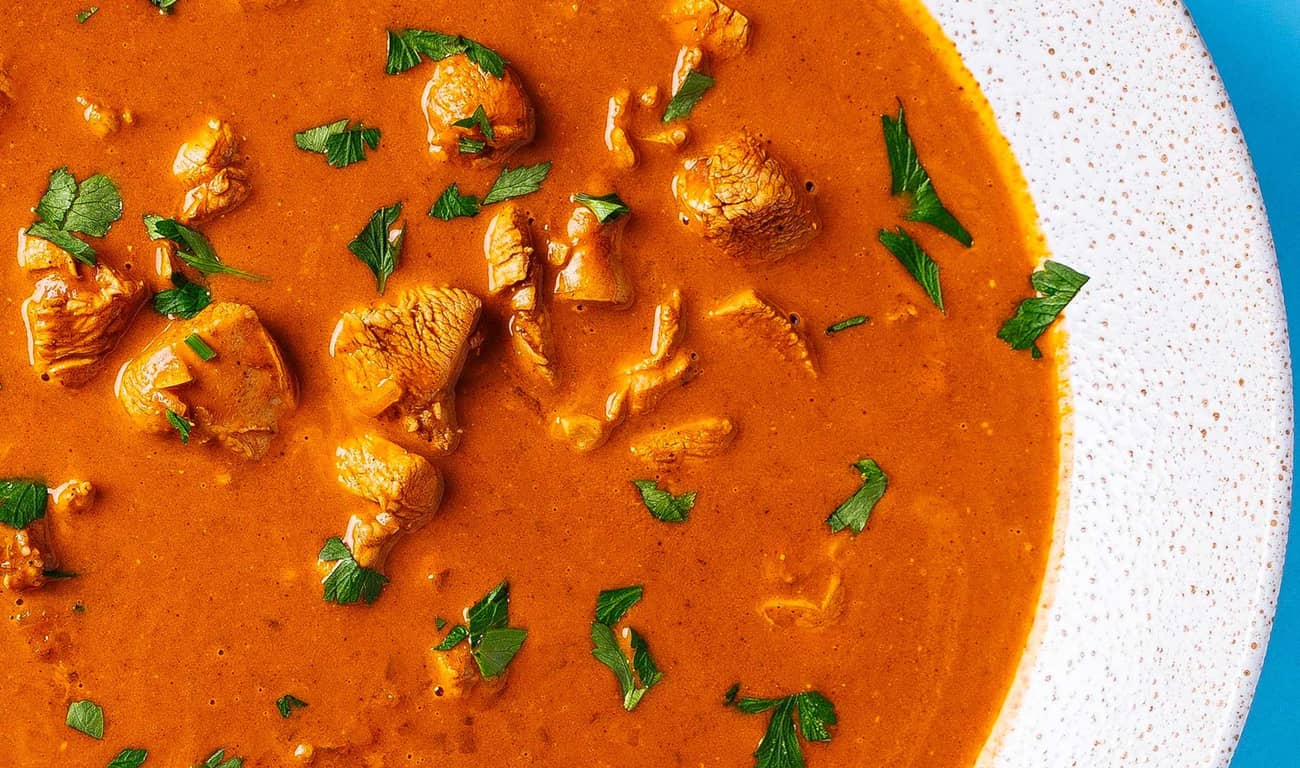Oyakodon means “parent-child rice bowl”, referring to the two main ingredients: chicken and eggs. Boneless chicken chunks join onions to simmer in a sweet-savory sauce, followed by eggs that are cooked until tender and fluffy. Because it cooks in a snap, many Japanese households have oyakodon in their cooking rotation.
The trick to oyakodon is to cook the eggs in two layers. Add the egg whites first and let it meld with the broth. You want that first layer to simmer into an eggy, almost-custardy sauce. Next, the beaten yolks: drizzle them on top of the egg whites, and cook until just set. (Or fully cooked, if you prefer.)
This recipe makes one serving. To make oyakodon for the whole family, scale it up and cook everything in a large skillet. Use a large serving spoon to scoop up and plop individual portions—or second helpings!—over rice.
You can find most of these Japanese ingredients in any major supermarket. Japanese groceries like New Hatchin will have everything, plus a wider range of brands for you to choose from.
The most crucial in this list are dashi and mirin. Make sure to get those! The rest won't ruin your oyakodon with their absence, but are nice to have:
Marinate chicken: Combine chicken thighs and sake in a bowl. Mix with your hands and let sit for 5 minutes. Skip this step if you don’t have sake.
Cook onions and chicken: In a separate bowl, combine dashi, soy sauce, mirin, and white sugar. Stir to combine. Add dashi mixture and white onions to a nonstick pan. Turn the heat up to medium-low until mixture comes to a simmer. Continue simmering the onions until almost soft and tender. Add chicken thighs and cook for about 2 minutes per side, until the center is no longer pink.
Cook eggs: While maintaining a simmer, slowly trickle beaten egg whites into the pan starting from the center, pouring your way to the outer edges of the pan. Continue to cook until egg whites are almost set. Repeat step with beaten egg yolks. Once egg yolks are set to your preference, sprinkle with minced green onions, turn the heat off, and cover the pan. Allow the eggs to cook further in the residual heat, 2–3 minutes.
Serve: Slide oyakodon over a hot bowl of rice. Finish with a sprinkle of Japanese spices, if using: shichimi togarashi for heat, and sansho pepper for pleasant citrus notes.
If you don't have mirin, use equal parts sake and sugar instead.
If you don't have dashi, you'll have a tough time cooking Japanese food; it's an essential ingredient.
Check your nearest major supermarket for instant powdered dashi. It usually comes in a large pack of smaller sachets, with an illustrated fish in front.
If you don't have dashi and insist on making oyakodon, here are some workable substitutes. Take note that the flavor will drastically change:
You can! Dividing the eggs is a matter of preference. Like a sunny side up, we want the oyakodon's egg whites cooked and the yolks runny. Because both coagulate at different times, we cook them separately to control their individual consistencies.
Instead of separating your eggs, you can beat your eggs as you would with scrambled eggs. To cook them in layers, start with ¾ of your egg mixture. Let it cook for a minute, then drizzle the remaining ¼ egg on top to cook to your preference. This works for a big batch recipe, too.

